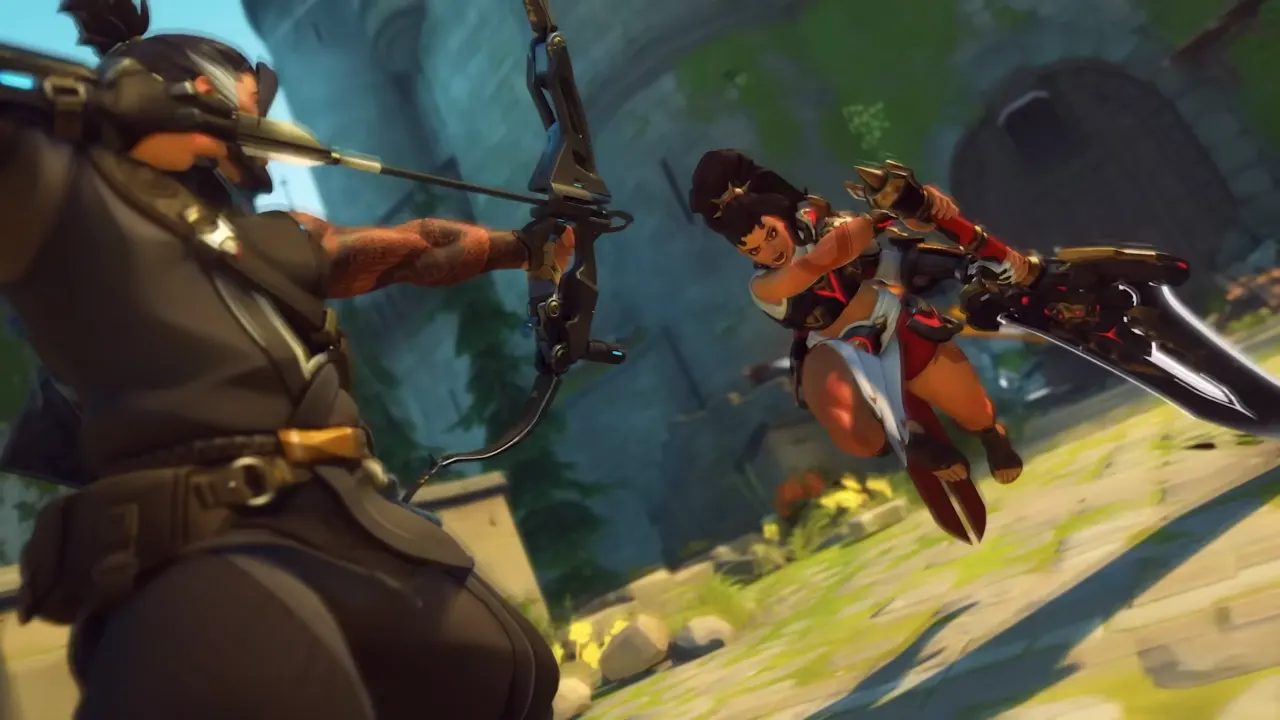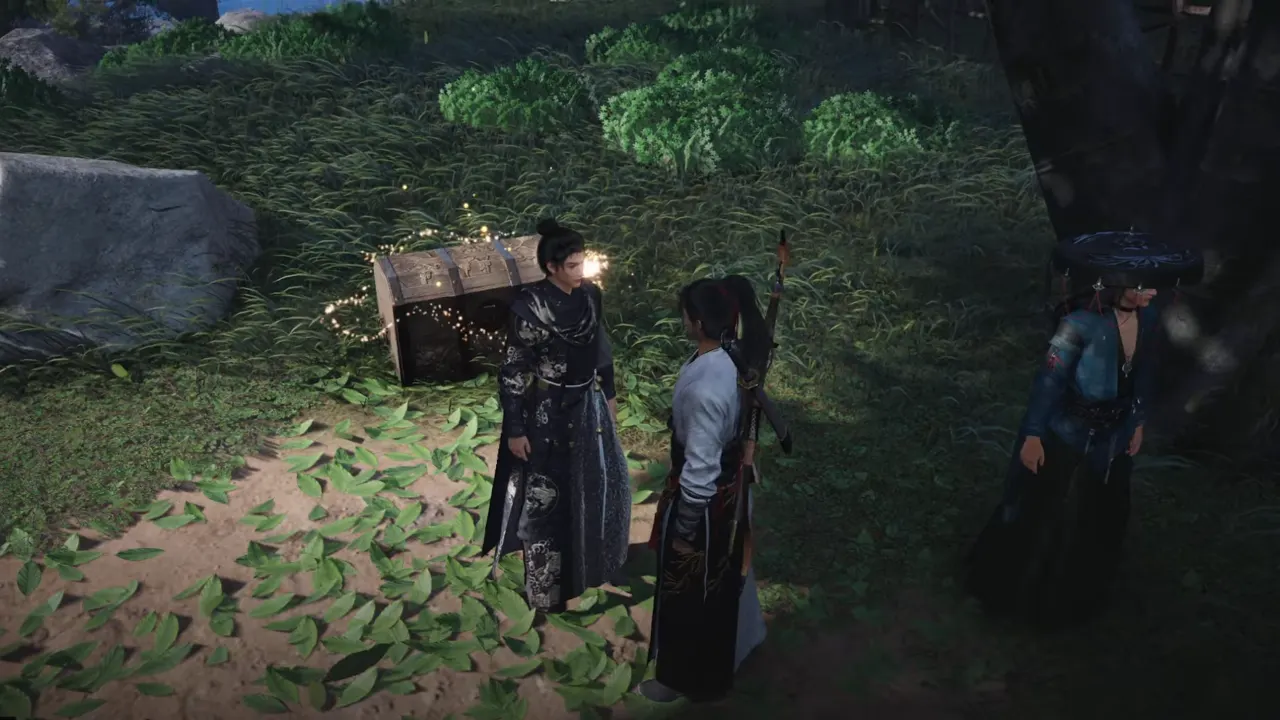If you’re just starting Elden Ring or have already beaten Radagon twice and are turning to Shadow of the Erdtree, creating a strong character build in Elden Ring goes beyond only equiping a powerful weapon in hand and increasing stats. The freedom FromSoftware gives you is one of the game’s greatest strengths but it’s also the reason many players get overwhelmed. So, this guide explains all about what really matters when making the best Elden Ring build, and some good strategies you can tweak to fit any run.
Start With Weapon, Not Class
One of the biggest mistakes new players make is obsessing over starting classes. Even though class matters in the early hours of playthrough, it barely defines your build by the time you are in mid-game. So instead, begin the journey by choosing a weapon or spell type you want to pick and build your character’s stats around that.
- For slow, punishing attacks, choose a colossal weapon like the Greatsword or Ruins Greatsword.
- If prefer status effects like bleed or frost, check out katanas, reapers, or curved swords with Arcane or Dex scaling.
- To rain destruction from long and safe distances, pick sorceries (Intelligence) or Incantations (Faith), and find a staff/seal as per your style.
From there, your stat priorities, gear, and Ashes of War will naturally start to align as you progress through the Elden Ring storyline.
Know Your Stat Soft Caps
Elden Ring doesn’t reward you equally for every point you spend. Each stat has “soft caps”, breakpoints where gains start to diminish. Building around these lets you avoid wasted levels and get the most out of your setup.
Here are quick details of important soft caps:
- Vigor: 40 (strong health gains until 40, then taper off)
- Endurance: 25 for stamina, 60 for max equip load
- Strength & Dexterity: 55–60 for peak weapon scaling
- Intelligence, Faith, Arcane: 60 for full spell/bleed scaling
If you’re unsure what to invest in next, check how much each stat increases your damage or defenses. Press L2 (on a controller) or hover in the level-up screen to see the actual scaling increase.
Equip Load, Poise, and Armor
Armor matters but probably not the way most players think. Unlike Dark Souls where defenses mattered more, Elden Ring puts a higher value on poise, equip load, and roll speed.
- Light Load: fast rolls, high mobility, but zero poise
- Medium Load: balanced, can tank one or two attacks while dodging
- Heavy Load: slow rolls, usually not worth unless playing ultra tank
High poise lets you power through enemy attacks without staggering, that’s why Bull-Goat or Lionel’s are the best in Strength builds. In case of a Dexterity or Magic build, stay light and avoid being touched at all. Use Endurance for stamina and wear better armor without sacrificing mobility and don’t forget talismans like Erdtree’s Favor (boosts HP, stamina, load) or Radagon’s Scarseal (great early Strength gain at a slight defensive cost).
Ashes of War is the Build Identity
Ashes of War are the build-defining tools in fact, some Ashes entirely change the weapon functions.
- Flaming Strike, Bloodhound’s Step, Lion’s Claw, and Phantom Slash are top-level Ashes.
- If you like casting but hate switching weapons, pick Ashes that scale with your main stat such as Glintblade Phalanx for Int or Black Flame Tornado for Faith.
You can also change a weapon’s affinity, e.g., from Standard to Heavy, Keen, Flame Art, or Blood based on your build; it impacts the weapon scaling. A Claymore with Heavy affinity becomes Strength-based, while Keen makes it Dex-scaling. Don’t be afraid to try things out at a Site of Grace with a Whetstone Knife.
Don’t Dump All Points Into One Stat
It’s tempting, you find a big sword that scales with Strength so you think, “Let me just level up Strength to 60 and one-shot everything.” That sounds nice in theory but in reality, it’ll leave you fragile, slow, and lacking stamina. Pure stat dumping can work in the early game, but by the time you fight difficult bosses or get into PvP, you’ll find out it’s not enough.
Good builds are balanced builds even if you’re focused on one stat. Let’s say you have chosen a Dexterity bleed build using dual katanas — sure, you’ll want around 45–55 Dex with some Arcane for bleed scaling. But without Endurance, the stamina will be gone in the middle of the fight. Without Vigor, it will only take one strike for the game-over screen by any late-game boss AOE.
This is what a strong all-rounder stat spread is for a PvE hybrid Dex build at ~150 level range:
- Dexterity: 50 (main damage stat)
- Arcane: 20–25 (boosts bleed)
- Vigor: 45 (you will need this late game)
- Endurance: 25 (for rolling and powerstancing)
- Mind: 15 (for skill usage, like Seppuku or Bloodhound’s Step)
For casters or magic builds:
- Intelligence or Faith: 60
- Mind: 25–30 (for spell spam)
- Vigor: 40+ (to survive melee fights)
- Dexterity: 20 (speeds up casting!)
Builds should be more than one-stat wonders. If your character is staggered, can’t cast more than two spells, or dies to chip damage, you’ll regret not spreading your points wisely.
Use the Wondrous Physick
Without using the Wondrous Physick Flask, you’re missing out on one of the game’s most flexible power boosts. It’s a custom potion you can mix yourself, and the best part is that you can change it anytime at the Site of Grace. So, it’s customizable according to build, boss, or even zone.
Here’s the most effective way to use it for maximum advantage:
- Glass Cannon Sorcerer? Combine the Cerulean Hidden Tear (eliminates FP consumption for 15 seconds) with Magic-Shrouding Tear and melt bosses with Comet Azur without spending a drop of FP.
- Strength build about to slam a boss? Use the Strength-Knot Tear to raise your Strength stat temporarily, then combine it with the Leaden Hardtear to prevent stagger while charging an R2.
- Arcane bleed user in PvP? Run the Thorny Cracked Tear (boosts successive attacks) alongside the Opaline Bubbletear (absorbs one big hit), letting you go aggressive without dying right away.
Some other underrated combos are:
- Greenburst Tear (stamina regen) for dual-wield or Greatsword builds
- Dexterity-Knot Tear to speed up casting or increase bow damage
- Flame-Shrouding Cracked Tear with a Blasphemous Blade or flame incantation build
Physick works like an Elden Ring build enhancer, it adds a short-term spike in damage, utility, or survivability and unlike buffs or consumables, it doesn’t cost FP or slots.
Adapt on the Fly — Respec is Freeing, Not Cheating
One of the most forgiving and frankly brilliant systems in Elden Ring is the ability to respec your character. Once you’ve beaten Rennala, Queen of the Full Moon at Raya Lucaria, the option unlocks to completely redistribute your stat points using Larval Tears. While they’re not infinite but not that rare either.
That means if you have enough play with your Strength tank, you can pivot into a bleed-based Dex/Arcane build, or turn full caster with moon sorceries without restarting your character from scratch.
A few common reasons players choose to respec:
- Once pick up an amazing weapon or spell that doesn’t match your current build such as Moonveil katana, Dark Moon Greatsword, or Mohgwyn’s Sacred Spear.
- Heading into PvP or DLC and want to experiment with different damage types (frost, holy, rot, etc.).
- Want to try a themed or cosplay build for a certain dungeon or region.
- Accidentally min-maxed too hard and left yourself vulnerable (e.g., 10 Vigor Sorcerer dying in one hit).
Each Larval Tear lets you explore a completely different part of the game’s design. Want to see how bosses react to Black Flame rather than Glintstone? Try it. If you like to swap from dual katanas to Dragon Communion incantations, you can go for it.
Builds are Made to Be Broken (Then Rebuilt)
The best thing about Elden Ring is that no build is locked forever. You can lean into a stat, back out later, pivot into a weird combo, or make a pure gimmick work with the right timing and gear. The real “best build” is the one that feels natural and exciting to you, as long as you understand the mechanics under the hood.
So start with a weapon or spell you love, learn your stat scaling, mix and match gear that complements your playstyle, and don’t be afraid to shift when the next boss walls you in.







